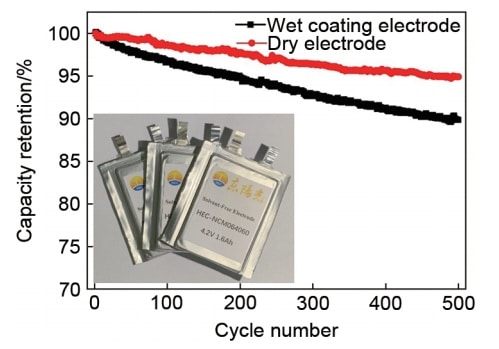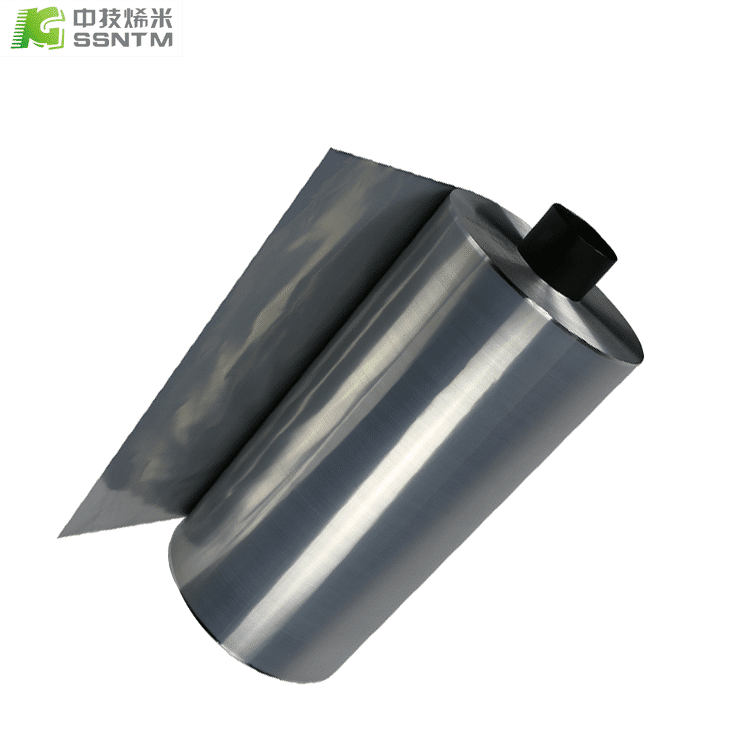Calculation of electrolyte dosage for lithium batteries
Lithium ion batteries are composed of auxiliary materials such as positive and negative electrode plates, separators, electrolytes, and shell ears. The coating of battery electrodes can be seen as a composite material, mainly composed of three parts: (1) live material particles; (2) A phase composed of a mixture of conductive and bonding agents; (3) The pores need to be filled with electrolyte. The diaphragm is also a porous structure, on the one hand, it isolates electrons, and on the other hand, the pores need to be filled with electrolyte to allow lithium ions to pass through. Therefore, the amount of electrolyte in lithium-ion batteries mainly needs to fill the pores inside the electrode plate and diaphragm, and the pore volume is the volume of electrolyte used, namely:
Electrolyte volume=positive electrode pore volume+negative electrode pore volume+diaphragm pore volume

The calculation method for the pore volume of the electrode and diaphragm is as follows:
Pore volume of the electrode=(length of each electrode coating) × wide × Thick) × Number of pieces × porosity
The pore volume of the diaphragm=the area of the diaphragm × thickness × porosity
Considering that in addition to the battery cell, there is still remaining space inside the shell that has not been filled (which can also be calculated based on the battery design), and there will also be residual electrolyte in these areas, namely:
Actual electrolyte volume=all pore volumes+residual electrolyte volume
The residual volume of hard shell batteries is relatively large, and the actual amount of electrolyte used is much larger than the theoretical value. The remaining space inside soft pack batteries is average, with an appropriate amount of residual electrolyte. The utilization rate of internal space in cylindrical batteries is high, and the amount of residual electrolyte is small.
The thickness and porosity of the diaphragm material will be provided by the manufacturer, such as a thickness of 25 microns and a porosity of 49%. According to the cell design or direct disassembly of the battery, the length and width of the separator can be measured, and the area of the separator can be calculated, so that the amount of electrolyte required for the separator can be calculated.


